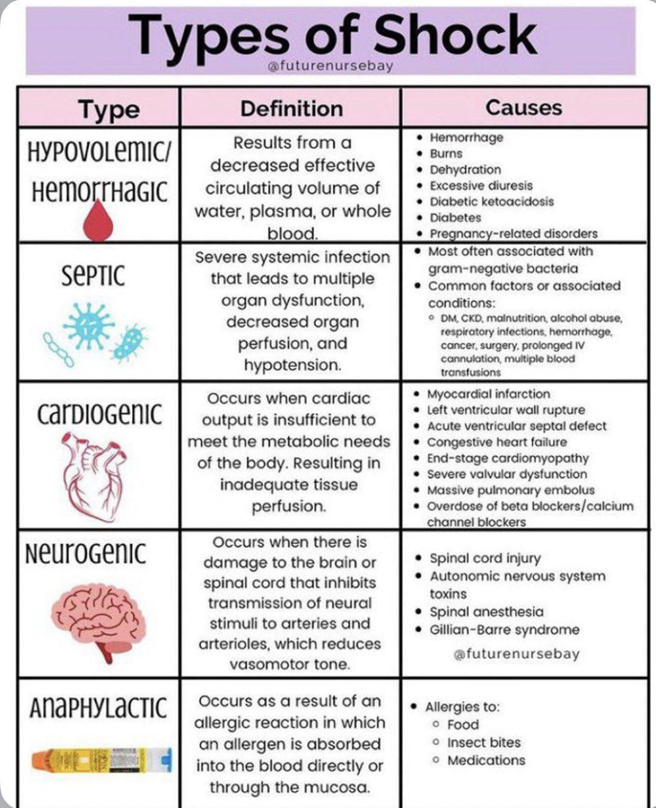Patients should be advised not to overuse laxatives, because the smooth muscle in the colon can lose its tone. What condition should the nurse warn the client can occur if this happens?
Chronic diarrhea
Chronic constipation
Frequent vomiting
Chronic nausea
The Correct Answer is B
A) Chronic diarrhea:
Overuse of laxatives is more likely to lead to chronic constipation rather than chronic diarrhea. Laxatives are typically used to treat constipation by promoting bowel movements, but overuse can disrupt normal bowel function and result in long-term constipation.
B) Chronic constipation.
Overuse of laxatives can lead to dependence on laxatives for bowel movements and can cause the smooth muscle in the colon to become less responsive to normal stimuli, resulting in decreased muscle tone. This can eventually lead to chronic constipation, where the colon becomes less effective at moving stool through the digestive tract, resulting in infrequent or difficult bowel movements.
C) Frequent vomiting:
Overuse of laxatives does not typically lead to frequent vomiting. Vomiting is more commonly associated with conditions affecting the upper gastrointestinal tract, such as gastroenteritis, gastritis, or other gastrointestinal disorders.
D) Chronic nausea:
Overuse of laxatives may cause gastrointestinal discomfort or upset stomach, but it is not typically associated with chronic nausea. Chronic nausea may be caused by various factors such as gastrointestinal disorders, medications, or other underlying medical conditions unrelated to laxative use.
Nursing Test Bank
Naxlex Comprehensive Predictor Exams
Related Questions
Correct Answer is D
Explanation
A) Cardiogenic shock:
Cardiogenic shock occurs when the heart is unable to pump enough blood to meet the body's needs, often due to myocardial infarction (heart attack) or other conditions affecting the heart's function. The client's history of a recent infection does not align with the etiology of cardiogenic shock.
B) Neurogenic shock:
Neurogenic shock occurs due to dysfunction of the autonomic nervous system, typically as a result of spinal cord injury or severe brain injury. It is characterized by widespread vasodilation and bradycardia. The client's history of a recent infection does not align with the etiology of neurogenic shock.
C) Hypovolemic shock:
Hypovolemic shock occurs due to a significant loss of blood volume, such as from trauma, hemorrhage, or dehydration. While infection can lead to fluid loss and dehydration in some cases, the client's history of a recent infection suggests a different etiology, specifically septic shock, which is driven by the systemic inflammatory response to infection.
D) Septic shock.
Septic shock is a type of distributive shock caused by a systemic response to infection. It occurs when an infection triggers a widespread inflammatory response, leading to vasodilation, increased capillary permeability, fluid loss from the bloodstream, and impaired tissue perfusion. The client's history of a recent infection suggests that the shock may be septic in nature.

Correct Answer is ["Antidiarrheals"]
Explanation
Antidiarrheal medications are the most effective drugs for controlling severe diarrhea. These medications work by slowing down bowel movements and reducing the frequency and liquidity of stools. The two main types of antidiarrheal drugs are:
Loperamide: Loperamide is an over-the-counter antidiarrheal medication that works by slowing down the movement of the intestines and reducing the frequency of bowel movements. It is effective for treating acute diarrhea and traveler's diarrhea.
Bismuth subsalicylate: Bismuth subsalicylate is another over-the-counter medication that can help control diarrhea. It works by reducing inflammation in the intestines and slowing down the passage of stools. Bismuth subsalicylate also has antimicrobial properties, which may help in cases of infectious diarrhea.
These medications are often used in combination with rehydration therapy to manage severe diarrhea effectively. However, it is important to use antidiarrheal medications cautiously and under the guidance of a healthcare professional, as they may not be suitable for all individuals, especially those with certain medical conditions or those taking other medications. Additionally, it is essential to address the underlying cause of diarrhea, especially if it persists or worsens despite treatment with antidiarrheal medications. Consulting a healthcare provider is recommended for proper diagnosis and management of severe diarrhea.
Whether you are a student looking to ace your exams or a practicing nurse seeking to enhance your expertise , our nursing education contents will empower you with the confidence and competence to make a difference in the lives of patients and become a respected leader in the healthcare field.
Visit Naxlex, invest in your future and unlock endless possibilities with our unparalleled nursing education contents today
Report Wrong Answer on the Current Question
Do you disagree with the answer? If yes, what is your expected answer? Explain.
Kindly be descriptive with the issue you are facing.
